We have much more to do and your continued support is needed now more than ever.
Amazing Species of the Atlantic Ocean
About 150 miles off the coast of Cape Cod, Massachusetts is an area of little-disturbed ocean habitat that contains marine canyons deeper than the Grand Canyon and underwater mountains rising higher than any mountains east of the Rockies. The Northeast Canyons and Seamounts Marine National Monument is a striking example of what a healthy ocean should look like, harboring nearly a thousand marine species!
Add your voice thanking President Biden for restoring protections to nearly 5,000 square horizontal miles of the Northeast Canyons and Seamounts Marine National Monument and learn about some of the amazing species that depend on this deep-sea habitat in the Atlantic Ocean:
Sperm Whale
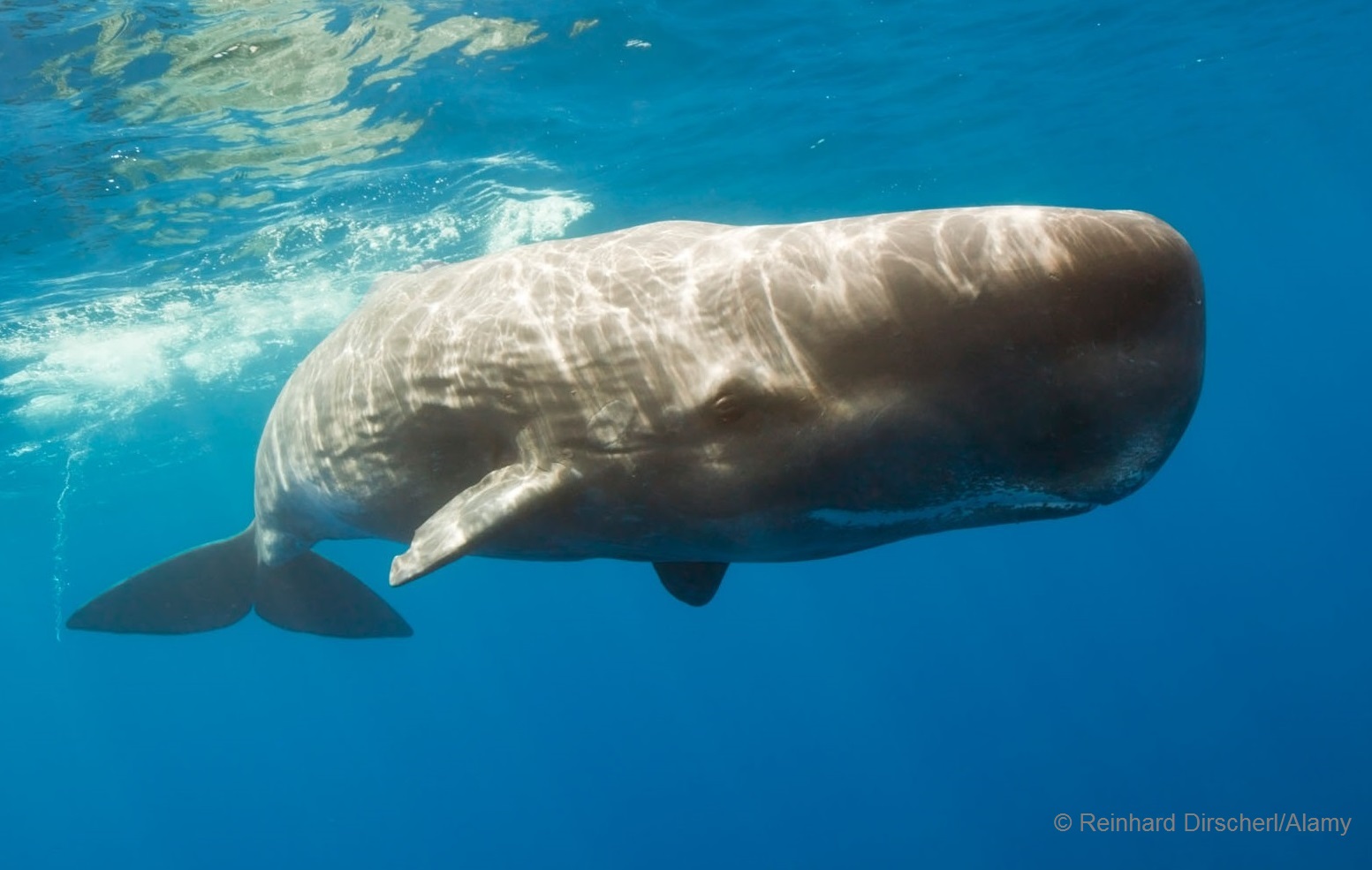
Sperm whales can dive for over an hour, sometimes going a mile down to feed on giant squid that dwell on the bottom of the ocean.
Porcupine Crab
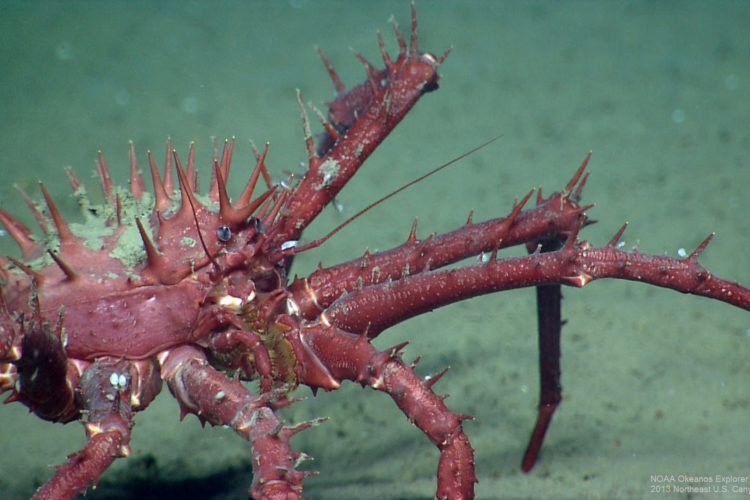
Porcupine crabs typically make thier way over the muddy bottom. This prickly relative of the Alaska king crab is found in small numbers in northeast ocean waters.
Brisingid Seastar
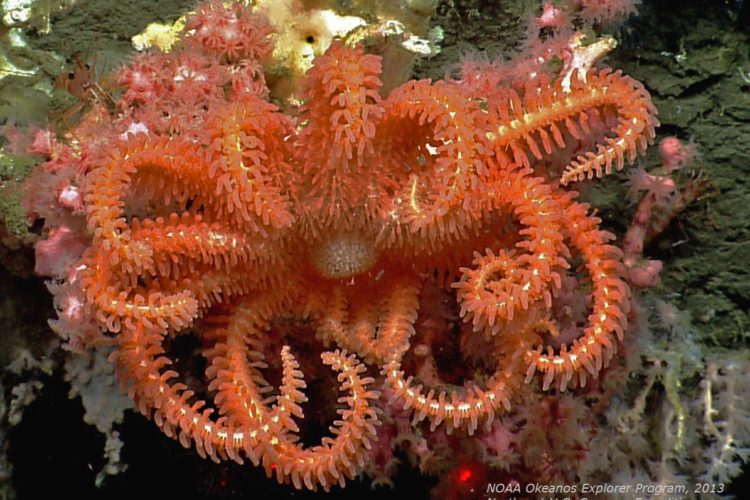
By waving their many weaponized arms in the water, brisingid seastars catch small zooplankton to feed on.
Bamboo coral
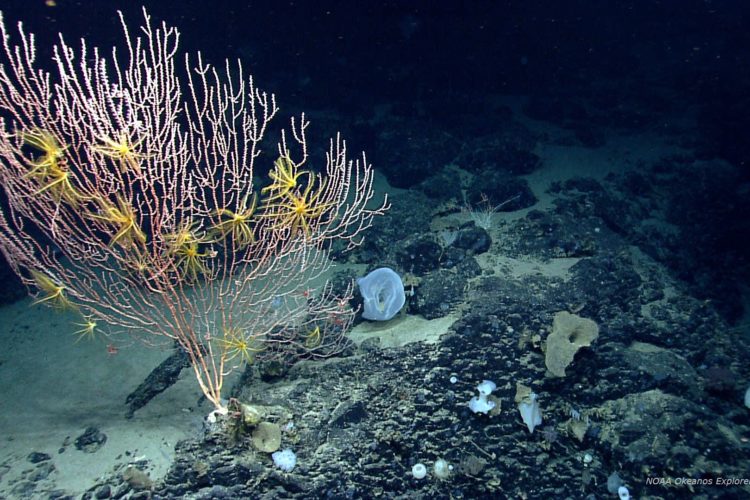
Scientists have learned that deep-sea corals, like bamboo coral, tend to live on oceanic mountain ranges, the continental slope, and underwater volcanoes called seamounts, where there are hard rocky surfaces to anchor to and access food.
Octopus
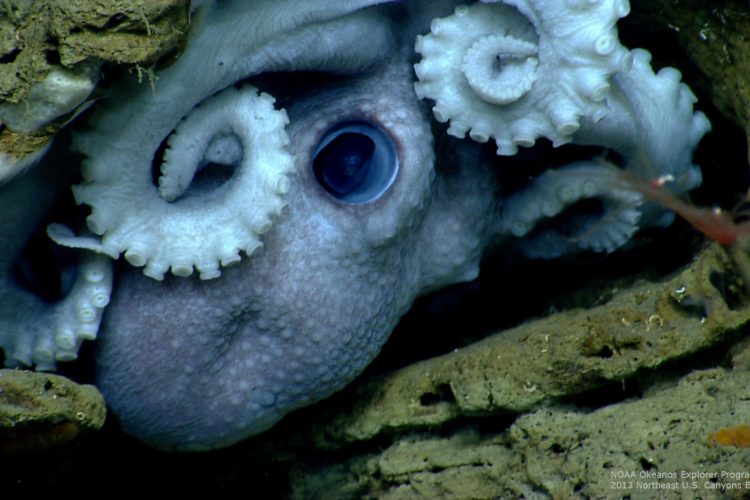
Octopus can be found hiding in the rocks of deep underwater canyons off the coast of New England.
The Northeast Canyons and Seamounts Marine National Monument, where all these species can be found, is one of the most vulnerable ocean wilderness areas in the U.S. Threats include ocean acidification, oil drilling, commercial fishing, cable-laying, and deep sea mining.
Send a message in support of the newly restored safeguards for this irreplaceable ocean habitat!





















